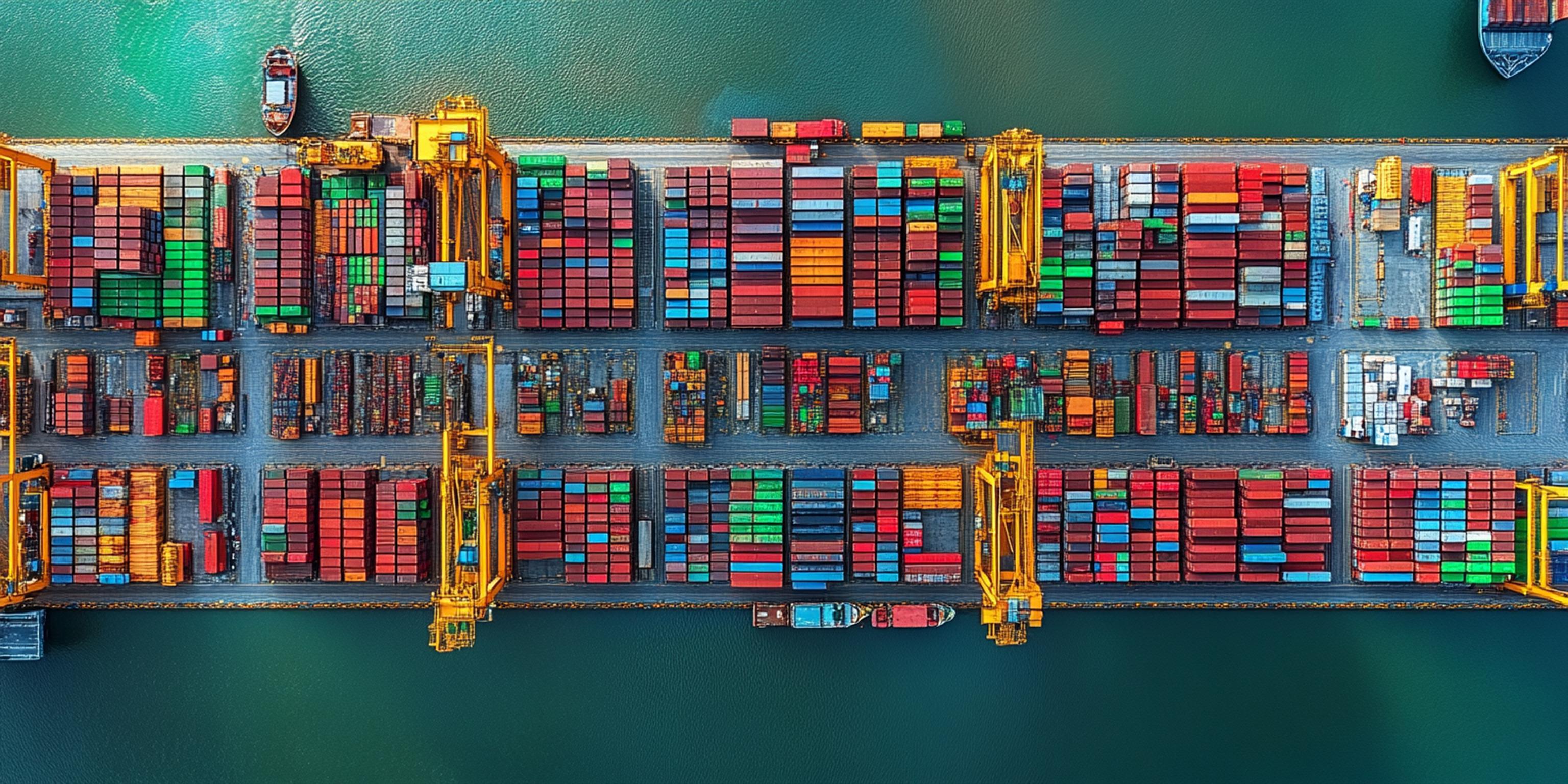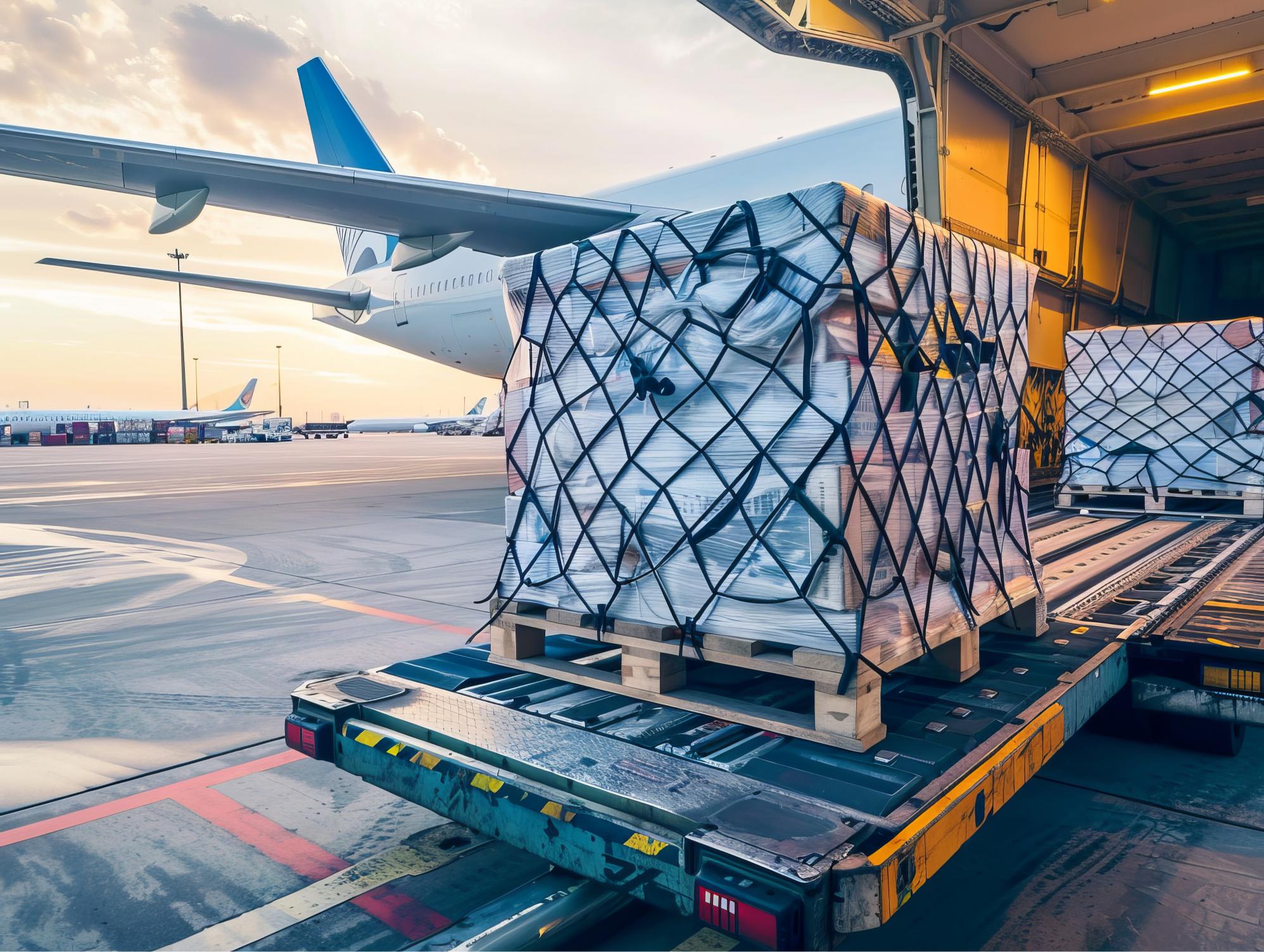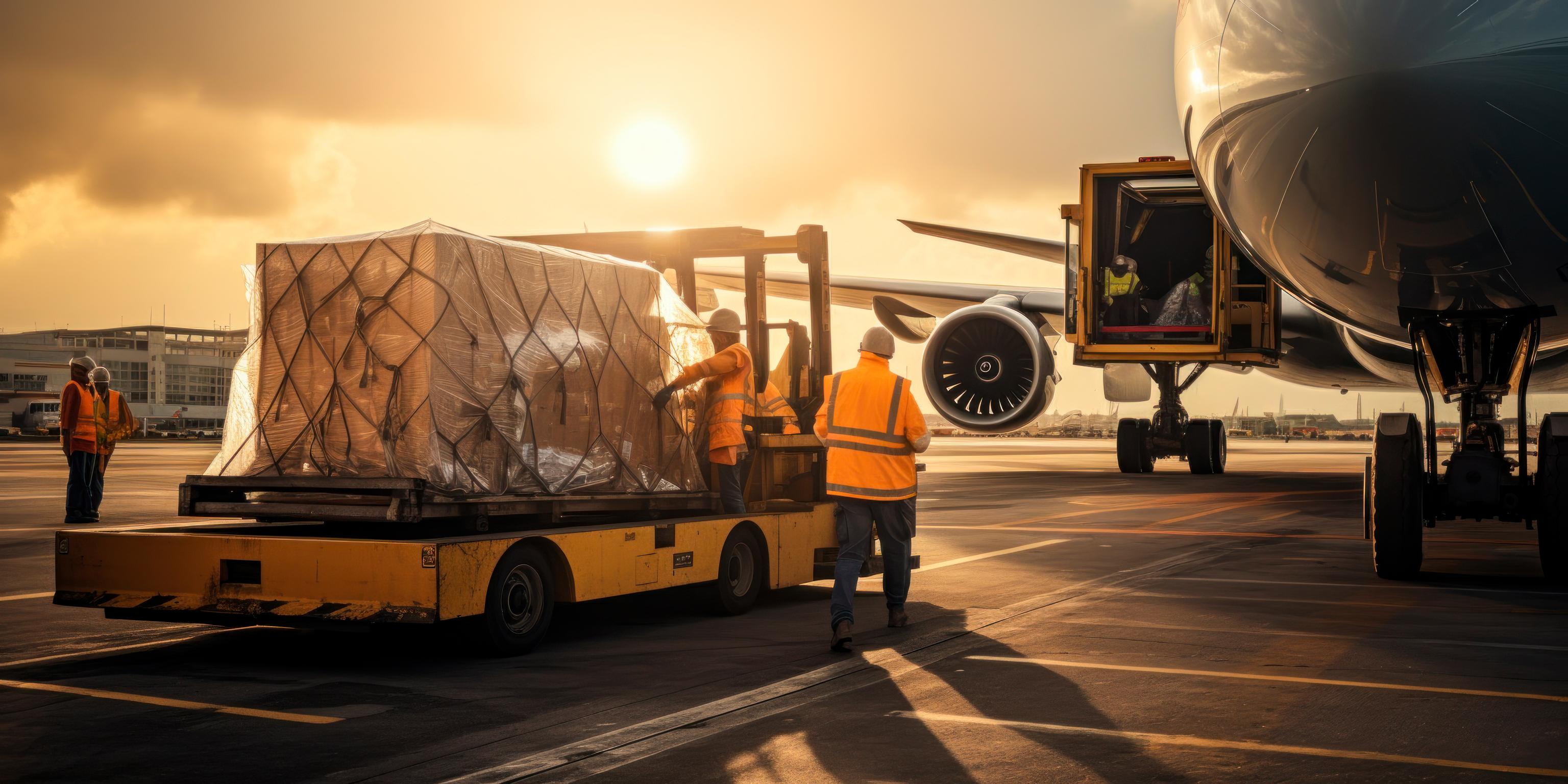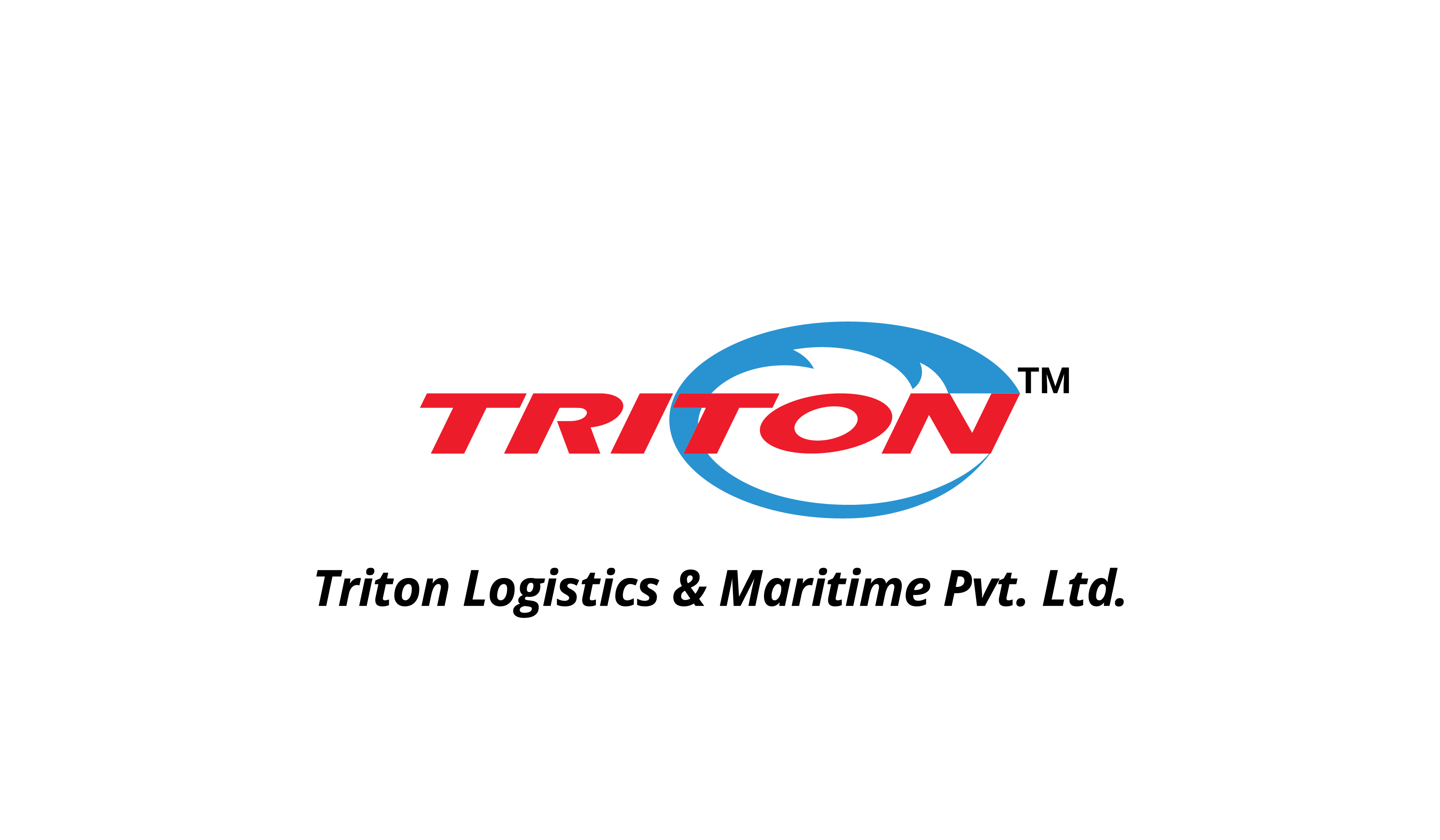Applying high velocity to the world trade is the air freight logistics, which helps link continents in a short time to transport everything, including life-saving pharmaceuticals and the latest electronics. In a world where a few seconds would make or break perishable goods and the ability to respond to the market is the key to success, this transport mode is distinguished by its speed and precision. With the agility needed by the supply chain, air freight logistics is now an essential tool in businesses that maneuver the unstable trading environment of 2025. This article throws light on the complexity of air freight logistics and breaks down the process of handling it stage by stage and analyzes its benefits and new challenges with the use of the most recent industry statistics to make informed strategic choices.
What is Air freight Logistics?
Air freight logistics involves the coordinated designing, carrying out and supervision of the moment of transporting products by air, in a way that incorporates air carriers, on-ground handlers and adherence to regulations in order to have a fluid delivery system. It uses specific freighters or passenger aircraft belly space to ship cargo fast across several miles, and in most cases, international shipments are done in days, as opposed to weeks. This particular logistics focuses more on the high value, time sensitive products with the addition of advanced tracking, secure packaging in addition to multimodal integration to support the entire supply chain.

Unlike ocean freight or road freight, air freight is superior in the situation when it is necessary to achieve promptness, as in the case of the just-in-time stock (or in emergency medical transportation). The resilience of the sector is seen in the light of geopolitical changes in 2025, whereby the global volumes are expected to be at 72.5 million tonnes, which is an increase by 5.8 percent per annum due to the impact of regional manufacturing relocations. This growth highlights that air freight maintains global connectivity, despite changing to fit capacity and sustainability requirements.
The Airfreight Logistics in Handling Process
The air freight logistics process requires careful coordination in order to preserve cargo integrity whilst meeting high standards of aviation standards. Between first collection and delivery, every stage reduces the risk, such as injuries or losses in time, which is often supported by digital means of real-time transparency. Listed below are the key steps, which make sure that the shipments are made efficiently through airports and skies.
Shipment Booking and Documentation: It begins with a need evaluation of cargo such as volume, value, and urgency to book flights. Prepare necessary documentation, such as air waybills, commercial invoices, and security declarations and sorting out goods based on the codes of the Harmonized System to comply with the regulations.
Cargo Preparation and Packaging: The cargo should be packed in IATA-approved containers or pallets, which are capable of withstanding pressure variation and vibrations. The specialized handling of the perishables is through temperature-controlled units or valuables through increased security measures such as video surveillance.
Export Clearance and Security Screening: Pass through inspection of explosives and other dangerous substances in the home plant. Freight forwarders organize custom filing whereby custom standards are met prior to cargo clearing to the ramp.
Airport Handling and Loading: To the cargo terminal of weighing, labeling, and staging. The automated sorting and palletizing of ground crews are carried out using robotics, and then loaded onto aircraft through specific equipment mindful of the cut-off hours before departure.
In-Transit Tracking: When onboard the plane, use satellite tracking to get real-time positioning and conditions information, and make preemptive changes to any disruptions such as weather.
Arrival, Import Clearance and Unloading: At destination, unload the cargo to undergo import inspections, pay duties and be verified. Break bulk operations ensure that quantities are matched with documents before further transportation.
Final Delivery and Audit: Shipment to the customers through ground logistics and lastly performance reviews to streamline upcoming operations. Such a time-based workflow, usually 24 to 72 hours on large routes, shows the accuracy needed, and automation will decrease mistakes made by humans by 25 percent in 2025.

Benefits of Air Freight Logistics
The air freight logistics offer transformational value, especially when speed is a competitive advantage in the industry. Its advantages are in its agility and reliability and it is used in dynamic markets.
Unmatched Speed: Deliver in a day to three days to international destinations, by far out doing ocean routes, and achieve swift reaction to demand surges.
Excellent Security: Strict measures, such as enhanced screening and little handling, reduce the possibility of theft and damage of high-value items such as electronic or pharmaceutical products.
Global Accessibility: Remote or isolated areas are reachable through long distance networks of airports, facilitating delivery and just-in-time production.
Improved Tracking and Visibility: Real-time online systems offer end to end transparency, eliminating uncertainties and increasing customer confidence.
Versatility of Specialized Cargo: Custom-fit perishables, dangerous goods, or large-sized equipment with specialized solutions and encouraging innovation in healthcare and auto parts supply chains. Not only do these qualities speed up the revenue cycles, but also reduce inventory holding costs, which makes air freight one of the strategic assets with the 4 to 6 percent growth in demands in 2025.
Challenges in Air Freight Logistics for 2025
Air freight logistics is strong, but faces challenges magnified by economic and environmental forces. When these are dealt with at an early stage, there will be long-term performance.
Capacity Constraints: The demand exceeds supply by an average of 6 to 10 percent compared to 4 to 5 percent capacity growth resulting in volatility on the spot rates and route constraints.
Rising Prices: The fuel surcharges and regulatory charges push per-kilogram costs 12 to 15 times more than sea services, making low-margin business difficult.
Geopolitical and Trade Interferences: Tariffs, including 25 percent targeted on certain imports, and wars, including Red Sea tensions, divert freights, adding weeks to schedules.
Demands of sustainability: Accounting of increased emissions, the industry is subject to requirements of sustainable fuels, whose compliance expenses are increasing amid net-zero targets.
Labor and Infrastructure Gaps: Skilled shortages in the management and aging facilities compound delays. Diversified carrier and technology investments will be the mitigation to the resilience.
Recent Data and Trends Shaping Air Freight in 2025
Air freight logistics has strong propulsion as at the end of 2025 the global market is estimated to have a USD 319.4 billion value, and the value is expected to grow at a rate of 4.9 percent compounded annually to USD 492.7 billion by 2033. Demand in August increased by 4.1 percent over a year-to-year, which was six months of consecutive increase with the capacity increasing by 3.7 percent, putting the dynamic load factor to 62 percent.
Influential trends include:
- Technological Integration: Adoption of robotics and blockchain for handling, promising 30 percent efficiency gains and enhanced traceability.
- Regional Shifts: Asia-Pacific commands 34.3 percent market share, with intra-Asian routes surging double-digits due to manufacturing diversification.
- Sustainability Push: Investments in sustainable aviation fuels target 30 percent emissions reductions, aligning with EU regulations.
- Rate Fluctuations: Spot rates averaged USD 2.99 per kilogram in December 2024, up 15 percent year-over-year, with moderation expected mid-2025.
These dynamics signal a maturing sector, balancing growth with adaptive strategies.
Conclusion
The agile logistics of the global trade in 2025 will continue to rely on air freight with its lean management and speed as a core. With increasing volumes and innovation, the businesses that tap into its advantages and respond to the challenges will create strong supply chains. Focusing on accuracy in all the processes of booking to delivery, the stakeholders can turn logistics into a propeller that can help attain lasting success in the face of a rapidly changing market environment.




